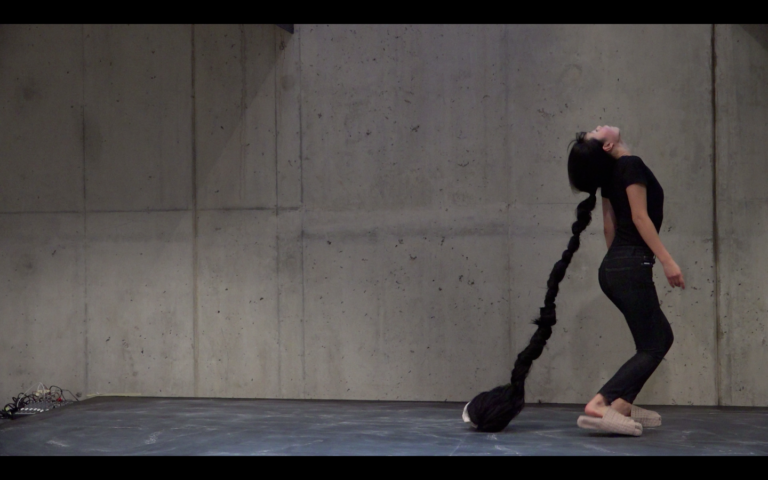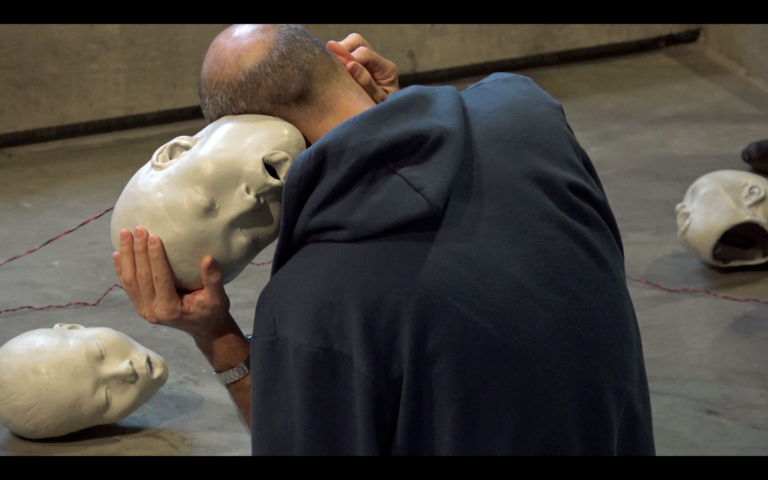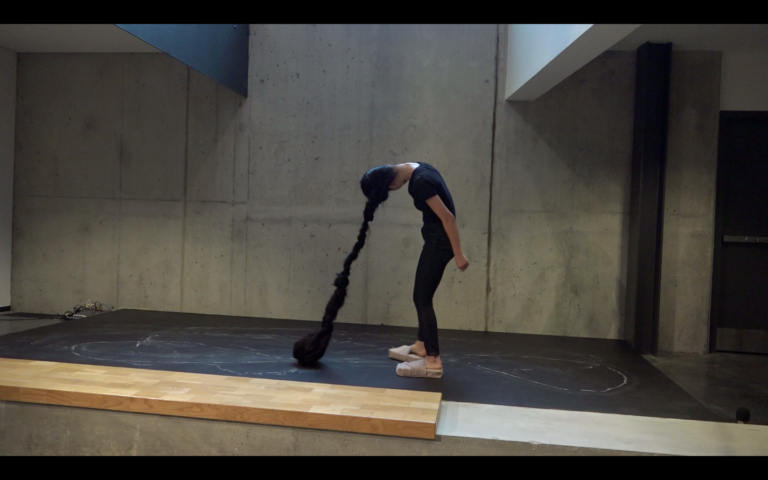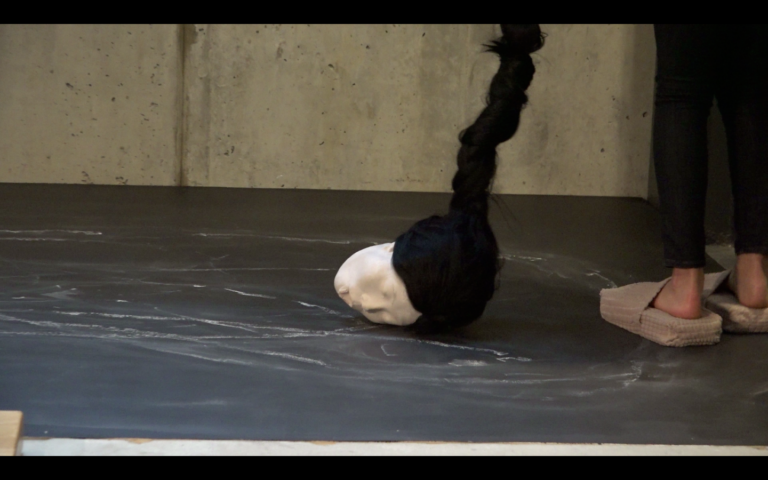2016
casted chalk, cast resin, blackboard, contact mics, audio transducers, hair extension
Performance Duration: 45’00”
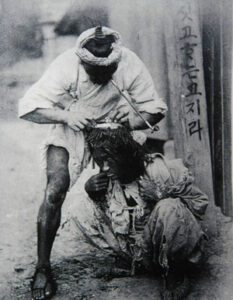
The performance deals with the history of forceful hair-cutting (the ordinance prohibiting topknots in Korean) during the Japanese colonial period (1910-1945) in Korea. The performance finds the connection between this piece of history and the hair length and style control in the modern South Korean school system.
Hair used to be considered as a spiritual symbol and a connection to the ancestors. Thus, both men and women wore long hair, and cutting the hair symbolized decapitation of pride. Colonialism devalued traditional belief systems of the colonized countries and people. Ironically, growing up in Korea, wearing a long hair has long been prohibited in middle to high school years. People argued that wearing a long hair distracts students from concentrating on their studies and that the girls will spend more time in front of mirrors if they had long hair. There were teachers standing by the entrance of schools with a ruler, measuring students’ hair length. If it was longer than 3cm, the hair would be chopped off.
Why does a system restrict the way we carry our own body? I question how the colonial history might have affected the ways people relate to their own bodies in present time.
The performer(s) have extended braid(s) that is attached to a casted chalk head. The braid is just long enough for the chalk head to touch the blackboard ground when the performers’ knees and neck are bent slightly. Performer(s) try to write the word ‘landmine’ in their own mother tongue language by dragging the chalk head.
The cast resin heads are speakers. They are connected to the blackboard, so as the performer drags the cast chalk head, the speakers vibrate. The audience can pick up and feel the vibration of the movement created by the dragging. One of the speaker-heads plays an audio clip about “hair tsunami”.
The duration of the performance reflects the normal school lecture duration of elementary to high school in South Korea.

